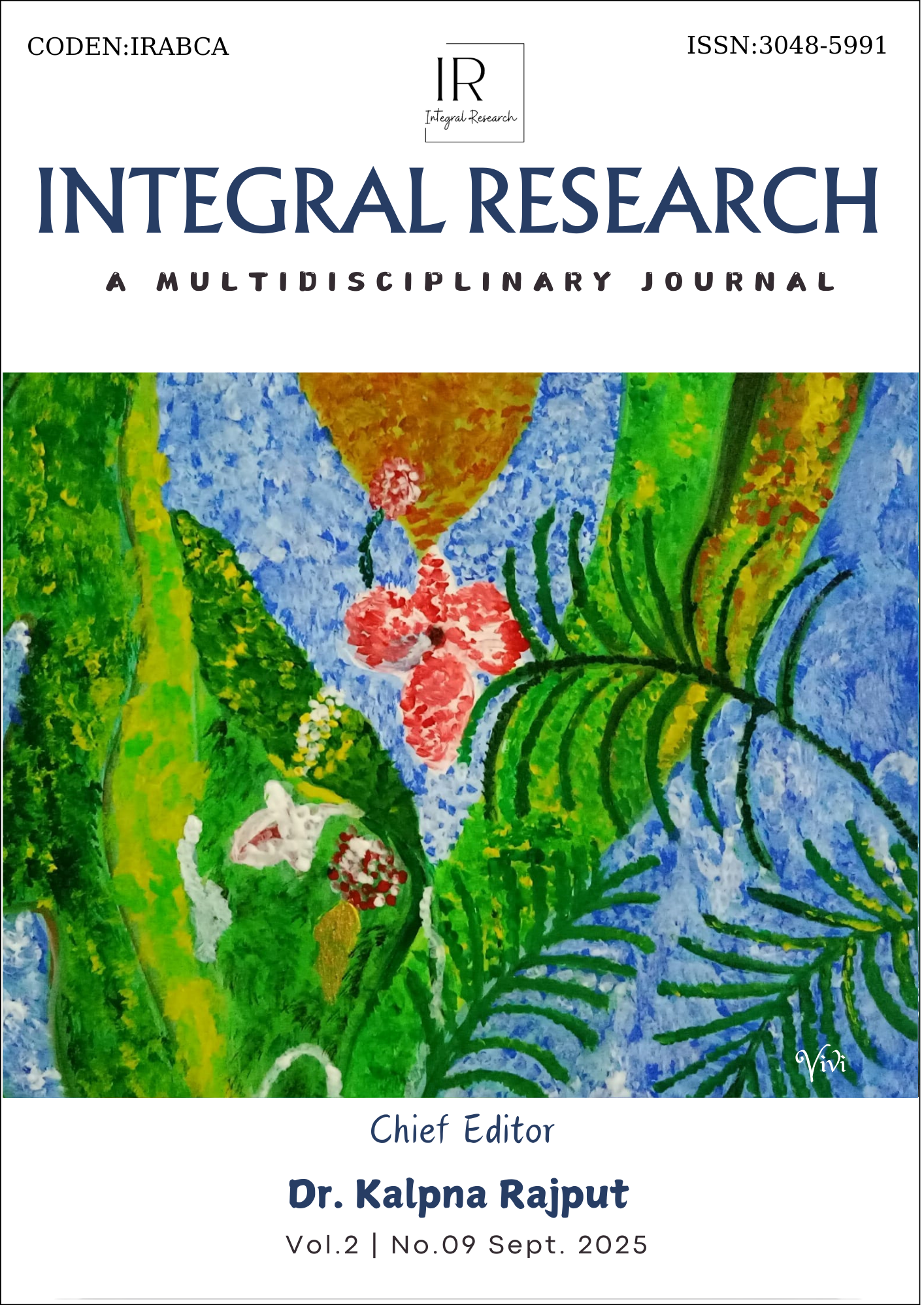Psychological Distress and Social Support as Factors in Substance Use Among Adolescent Students in Abakaliki
Main Article Content
Abstract
The use of substance among adolescent students is widely reported, but the factors driving this are unclear. Recent reports of bullying in schools and general socioeconomic difficulties in Nigeria suggest a heightened psychological distress among students. Considering previous reports on the use of substance to assuage the experience of distress, we sought to determine whether psychological distress among adolescent students would be associated with the use of substance. We also examined social support as a viable social catalyst that would be negatively associated with substance use among adolescents. Using a cross-sectional design, this study investigated whether psychological distress and social support were associated with substance use. Participants were 375 students aged 11-19 years drawn from three government-run secondary schools in Abakaliki, Ebonyi State. Data was collected using Psychoactive Substance Use Questionnaire, Kessler Psychological Distress Scale, and Multidimensional Scale of Perceived Social Support. Regression results revealed that psychological distress was positively associated with substance use (β = .23, t = 4.61, p<.05). Support from friends but not from family and significant others was negatively associated with substance use (β = -.18, t = -.2.16, p<.05). The mean score of 5.95 (SD = 6.02) evidenced the rate of substance use among the students. These findings highlight the importance of addressing social issues that would lead to distress among students and the need for school policies that facilitate peer support in order to prevent substance use among adolescent students.
Downloads
Article Details
Section

This work is licensed under a Creative Commons Attribution-NonCommercial 4.0 International License.

